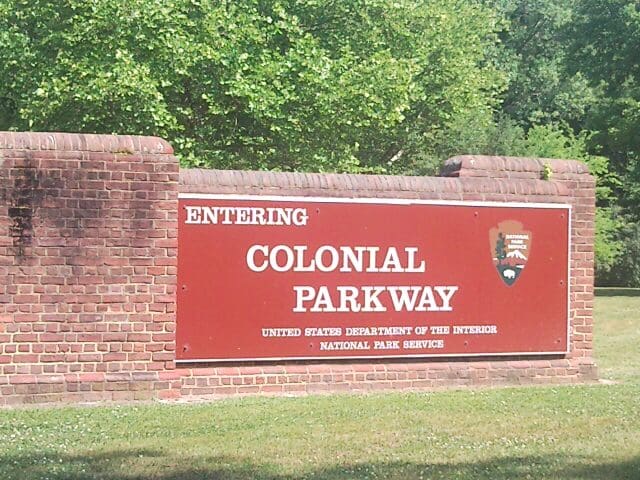
The Colonial Parkway is a 23 mile, unmarked, two-lane road that connects the three towns of Virginia’s Historic Triangle: Jamestown, Williamsburg, and Yorktown. Each of these towns played a significant part in the early history of America, and I will write about them in depth in other posts,
but today’s post is only about the lovely route that is enjoyed by both locals and visitors to the area.
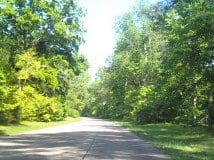
The parkway is, as it sounds, open to vehicular traffic, but it is also a popular cyclist route. It is a National Scenic Byway that is truck-free and has low speed limits. The roadway is made of river gravel set in concrete which is a relatively bumpy ride on high-pressure road bike tires, but worth it. I love sightseeing by bicycle because you can go far, but at a pace slow enough to appreciate the scenery, and the Colonial Parkway scenery is spectacular.
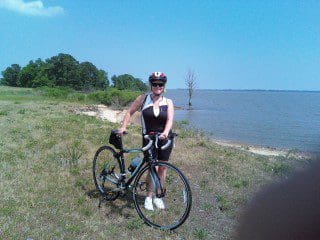
Virginia’s Historic Triangle is laid out at the western end of a peninsula that is bounded by the mighty James and York Rivers and extends about 30 miles east toward the Chesapeake Bay and the body of water known as Hampton Roads. The Colonial Parkway runs the width of the peninsula, connecting the two tidal rivers and their namesake towns, with Williamsburg falling roughly mid way. We chose to park at the Colonial Williamsburg Visitor’s Center and ride toward Jamestown first.
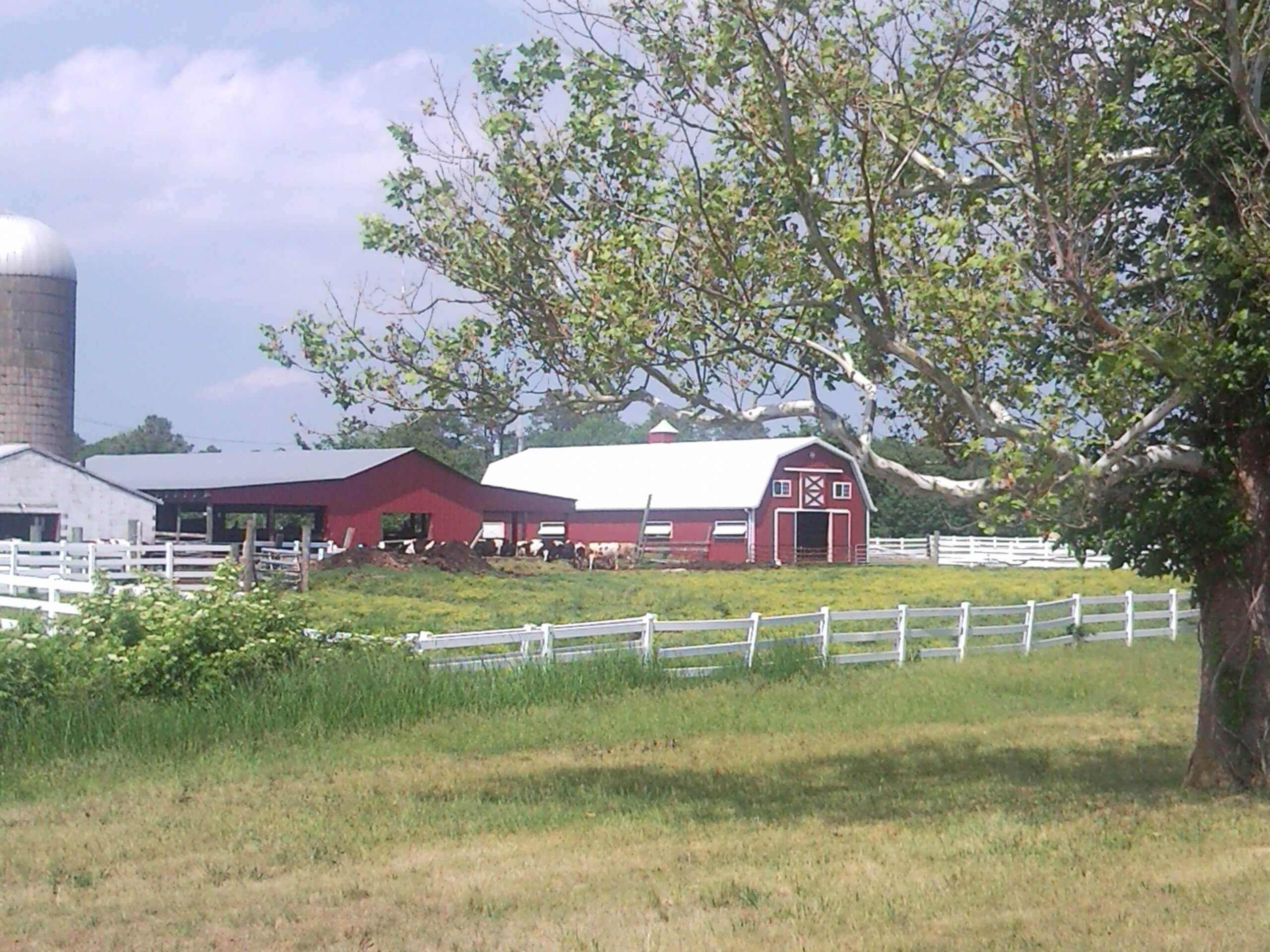
Although the Parkway was designed and built between 1930-1957, you are immediately taken back to the colonial era by the cobblestone road. The limited access keeps development at bay. Most of the ride is quite flat, so even kids can cruise with ease, but there are some rolling hills that can make a Tidewater (flat terrain) cyclist like me shift to easier gears.
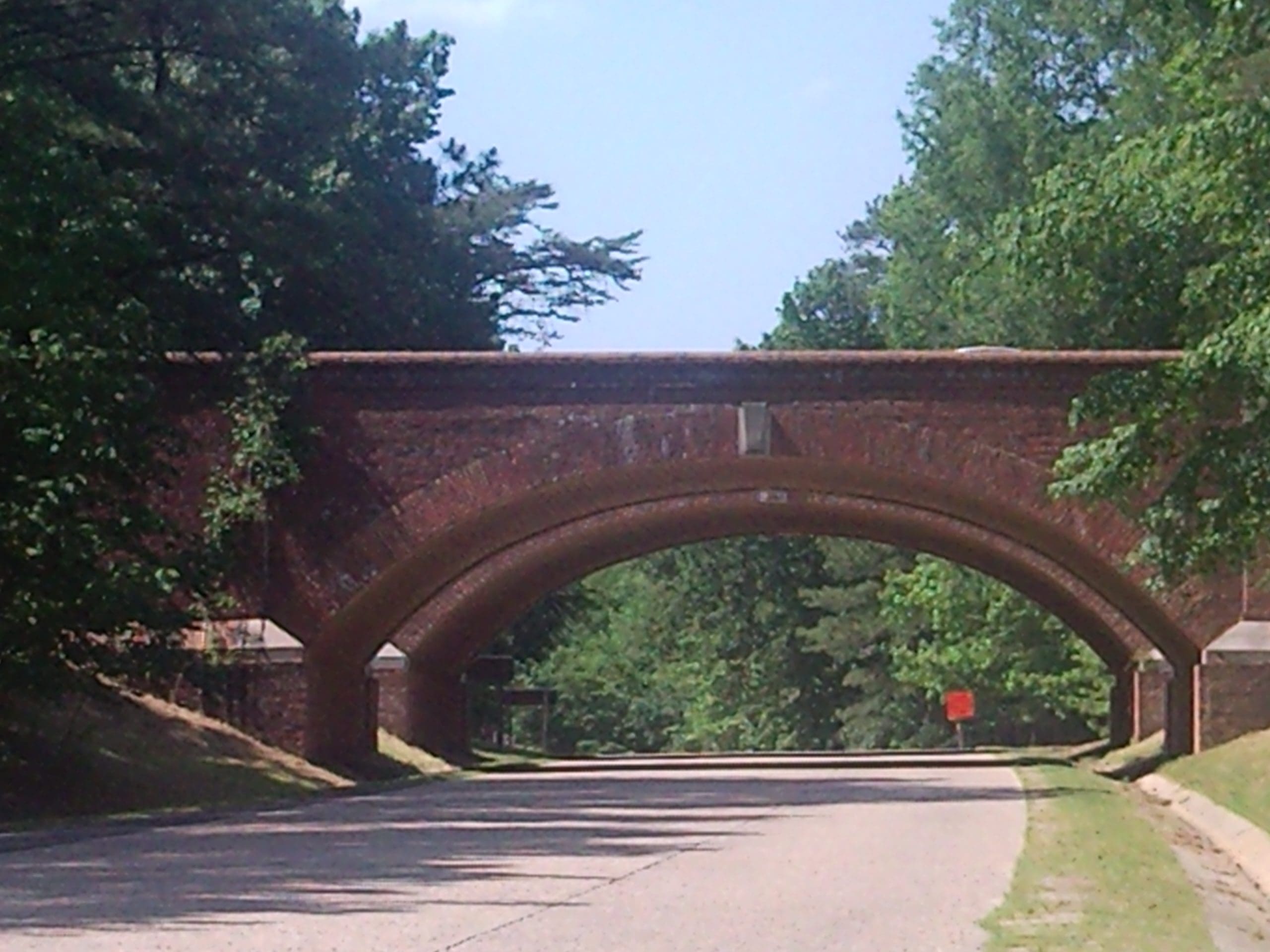
History concedes to function as the parkway passes beneath a couple major traffic arteries that run the length of the peninsula, but the underpasses are beautifully designed with colonial styled brick work. The surrounding woods and the careful design mute any traffic sounds, so traffic passing overhead is virtually unnoticeable. There are plenty of scenic pull-offs where you can stop to enjoy the view, take a swim in the river, fish from the beach, or picnic in a shady glade.
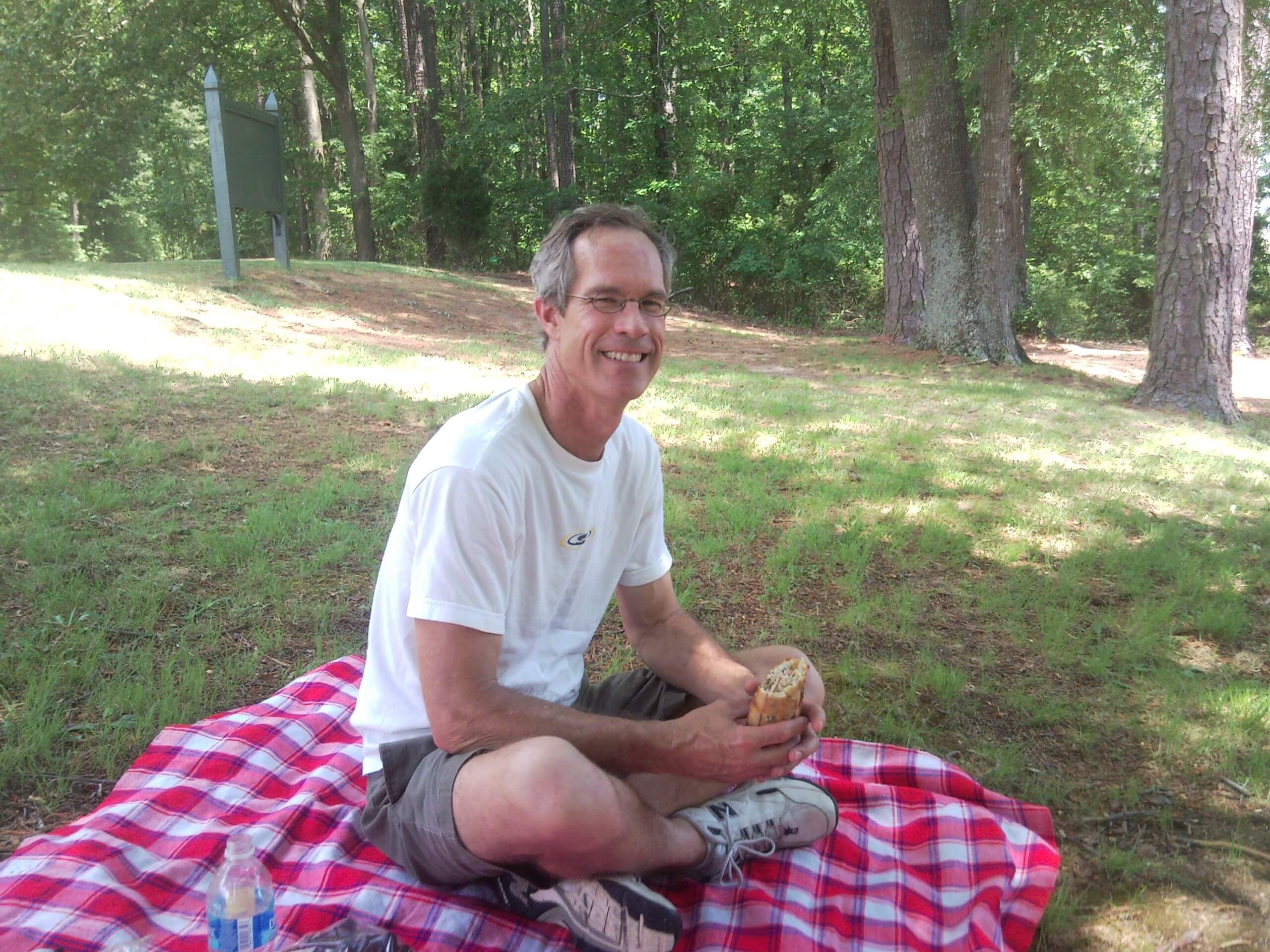
At the Jamestown information center, we reversed course and headed back toward Williamsburg and Yorktown beyond. I packed a scrumptious lunch of prosciutto and provolone baguettes, so we stopped at a particularly inviting shady spot for a well-deserved break.
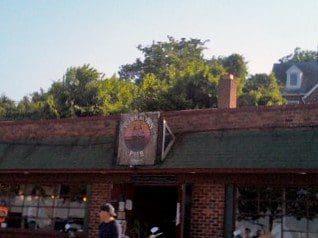
We wound up riding 16 of the 23 miles at an easy pace and it was a lovely day. When we packed the bikes back on the car, we drove to the other end of the parkway which ends at historic Yorktown. Since we had such a successful ride, we decided to end the day with a cold beverage at the iconic Yorktown Pub on the beach of the York River.
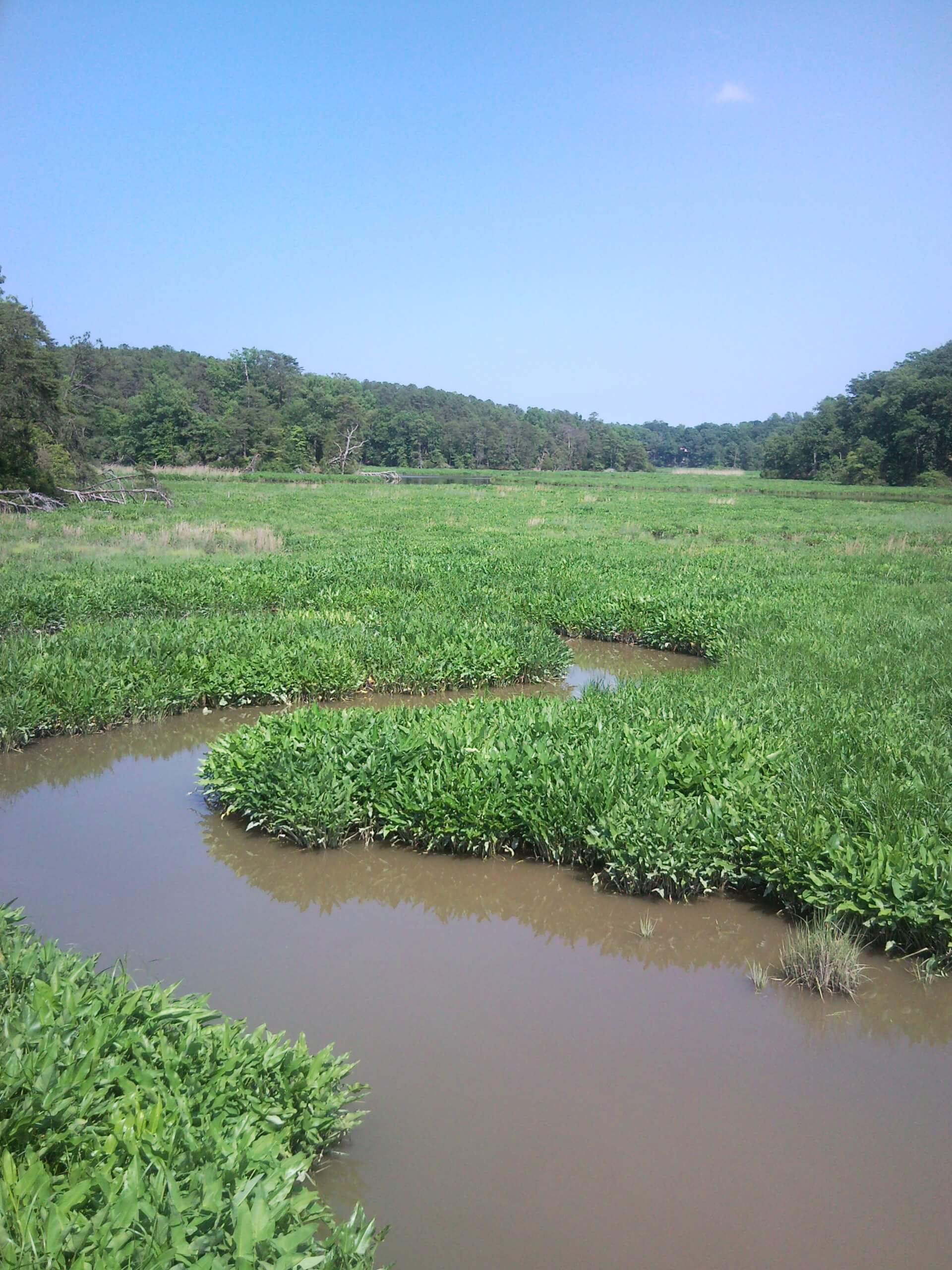
Whether you are cycling or driving, if you find yourself in the Virginia Historic Triangle, I highly recommend that you slow down and spend some time on the Colonial Parkway. Take in the expansive views of the wide tidal rivers, see the tall white herons feeding in the marsh wetlands, and enjoy the cool dappled shade on a hot summer day. Turn off your cell phone and just for an afternoon, imagine life here 300 years ago. The 21st century will be there when you get back, but just for a while, take time to smell the honeysuckle.






[…] His generous contribution to American heritage secured Colonial Williamsburg as a cornerstone of Virginia’s Historic Triangle (Williamsburg, Jamestown and Yorktown) and a living showpiece of American history. The fireworks of […]